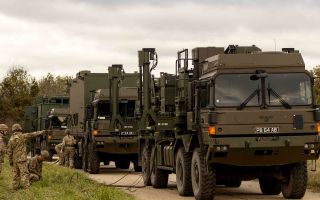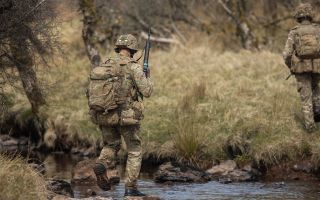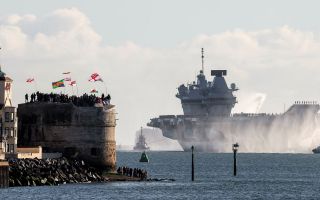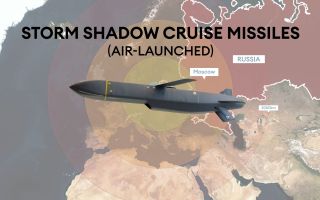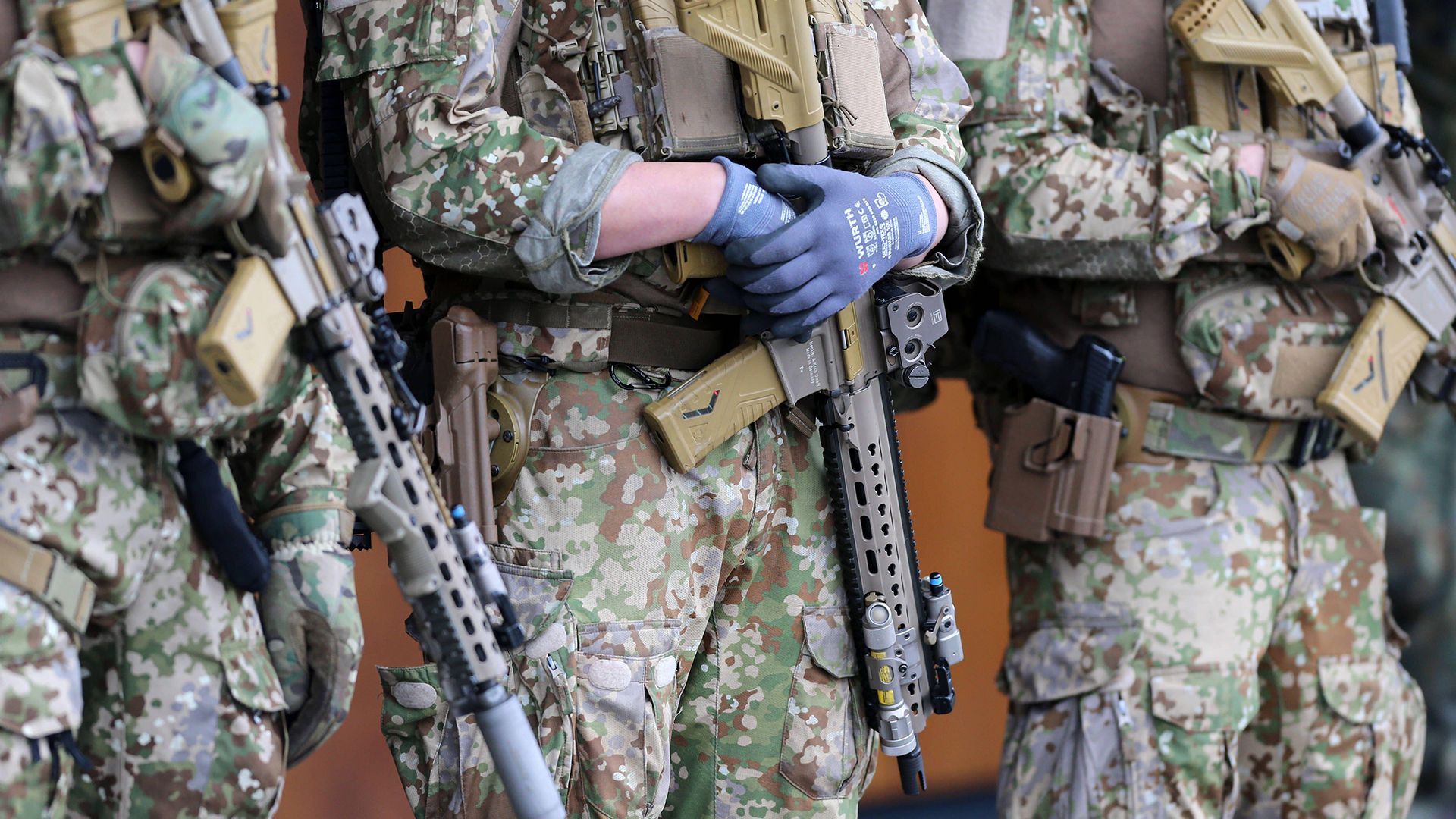
One camouflage to rule them all: Germany set to follow UK's example with MTP

The German armed forces are reportedly following Britain's lead and will be adopting a single camouflage pattern for their uniforms.
Multitarn, which is currently used only by German special forces, will replace the current uniform patterns of Flecktarn and Tropentarn.
According to German defence and security industry specialist Hartpunkt, the new camo will start to be introduced from next year, with the transformation scheduled to have taken place by 2029.
It said the decision - which had initially been opposed - now had the blessing of both Bundeswehr officials and German special forces.
SF operatives were apparently unhappy about being the only ones to wear Multitarn because instead of trying to retain a degree of anonymity, the uniform singled them out.
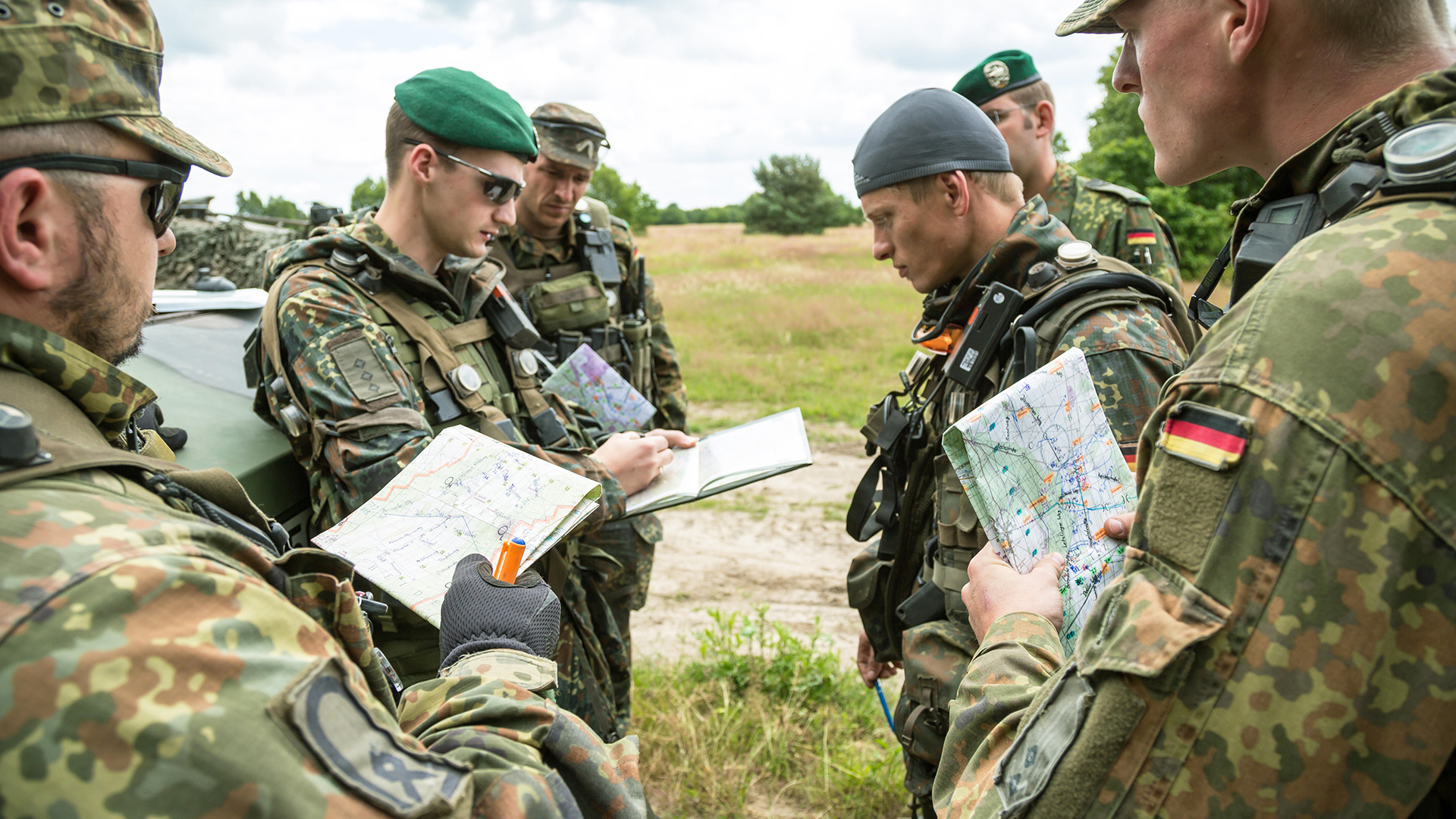
Back in 2010 the UK did a similar thing with MTP - Multi-Terrain Pattern camouflage.
Following the Armed Forces' experiences in Afghanistan and Iraq, DPM - Disruptive Pattern Material - and its desert variant were phased out in favour of MTP.
While MTP looks like the US-designed MultiCam, it is not identical and retains some of the elements of the old DPM pattern.
Germany's adoption of Multitarn follows the same ethos - and there are both advantages and disadvantages.

Having specialised camo to suit a specific environment is generally better, as the scheme can carry out its job more efficiently - letting personnel blend in with their environment.
But not all dedicated camouflage uniforms work as well at night as they do by day, even in their chosen environment.
Specialised camouflage uniforms and personal equipment are also more expensive to produce - and they present logistical challenges too, getting them to the right people in the right place at the right time.
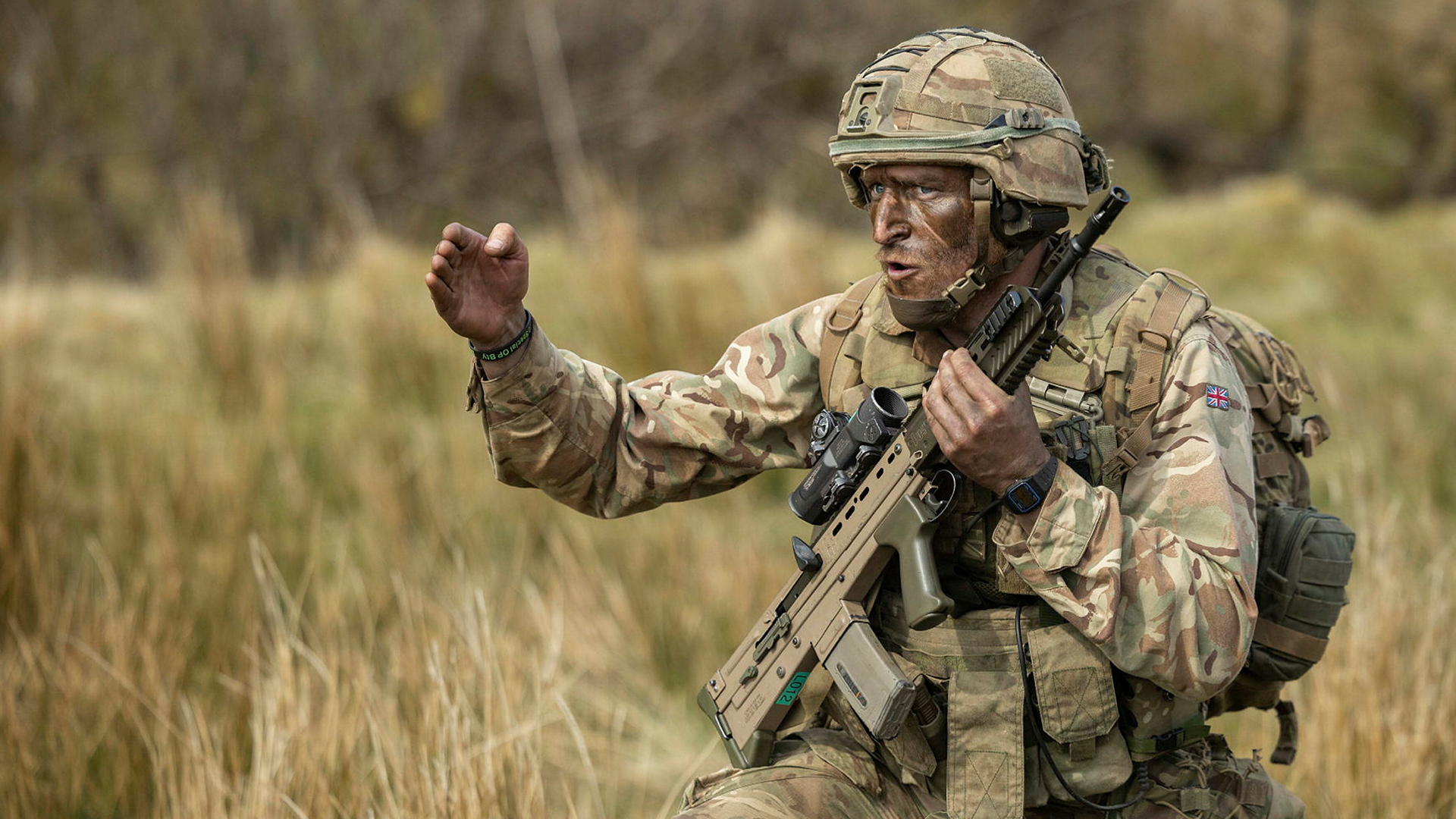
Multitarn - like MTP - is designed to provide a "one size fits all" approach to individual camouflage.
While a universal pattern is not optimal for any specific environment, it does offer the wearer a decent level of basic camouflage across different operational environments.

